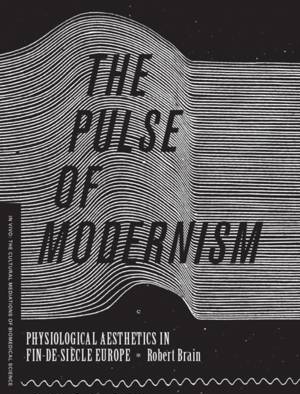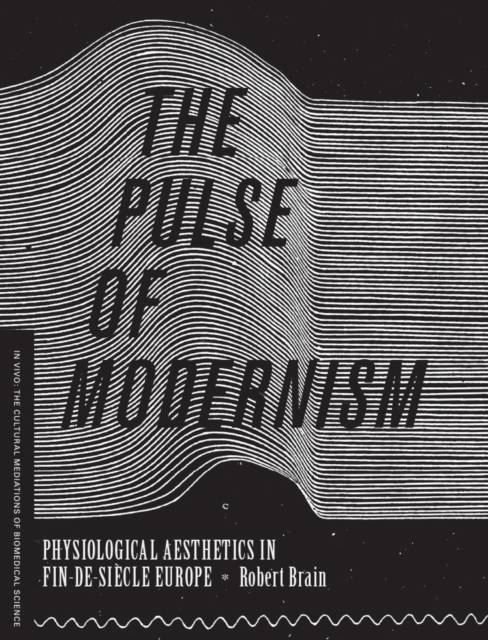
- Retrait gratuit dans votre magasin Club
- 7.000.000 titres dans notre catalogue
- Payer en toute sécurité
- Toujours un magasin près de chez vous
- Retrait gratuit dans votre magasin Club
- 7.000.000 titres dans notre catalogue
- Payer en toute sécurité
- Toujours un magasin près de chez vous
56,45 €
+ 112 points
Description
Robert Brain traces the origins of artistic modernism to specific technologies of perception developed in late-nineteenth-century laboratories. Brain argues that the thriving fin-de-siècle field of "physiological aesthetics," which sought physiological explanations for the capacity to appreciate beauty and art, changed the way poets, artists, and musicians worked and brought a dramatic transformation to the idea of art itself.
Spécifications
Parties prenantes
- Auteur(s) :
- Editeur:
Contenu
- Nombre de pages :
- 384
- Langue:
- Anglais
- Collection :
Caractéristiques
- EAN:
- 9780295993218
- Date de parution :
- 01-10-16
- Format:
- Livre broché
- Format numérique:
- Trade paperback (VS)
- Dimensions :
- 168 mm x 221 mm
- Poids :
- 566 g







